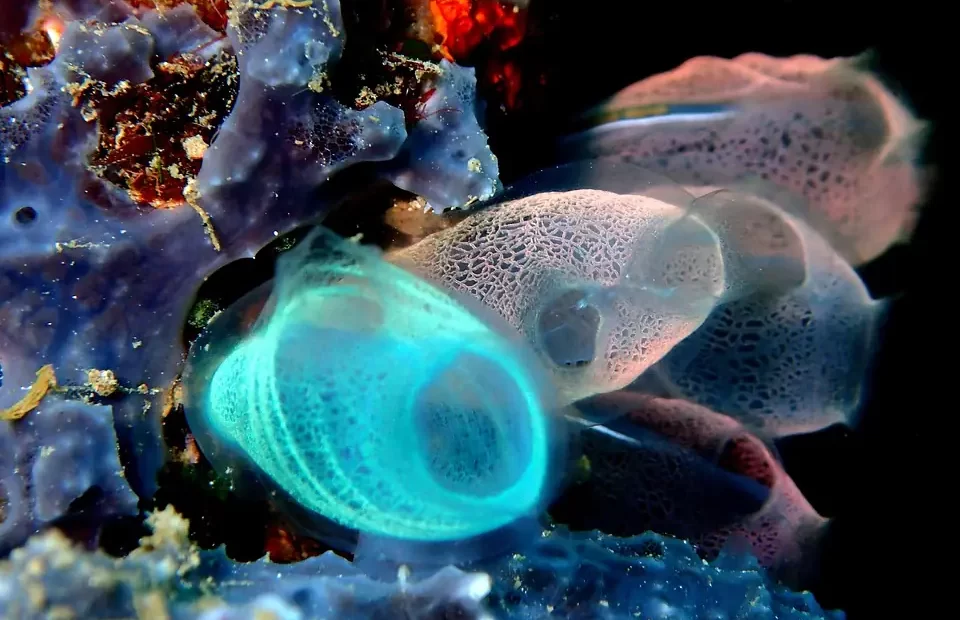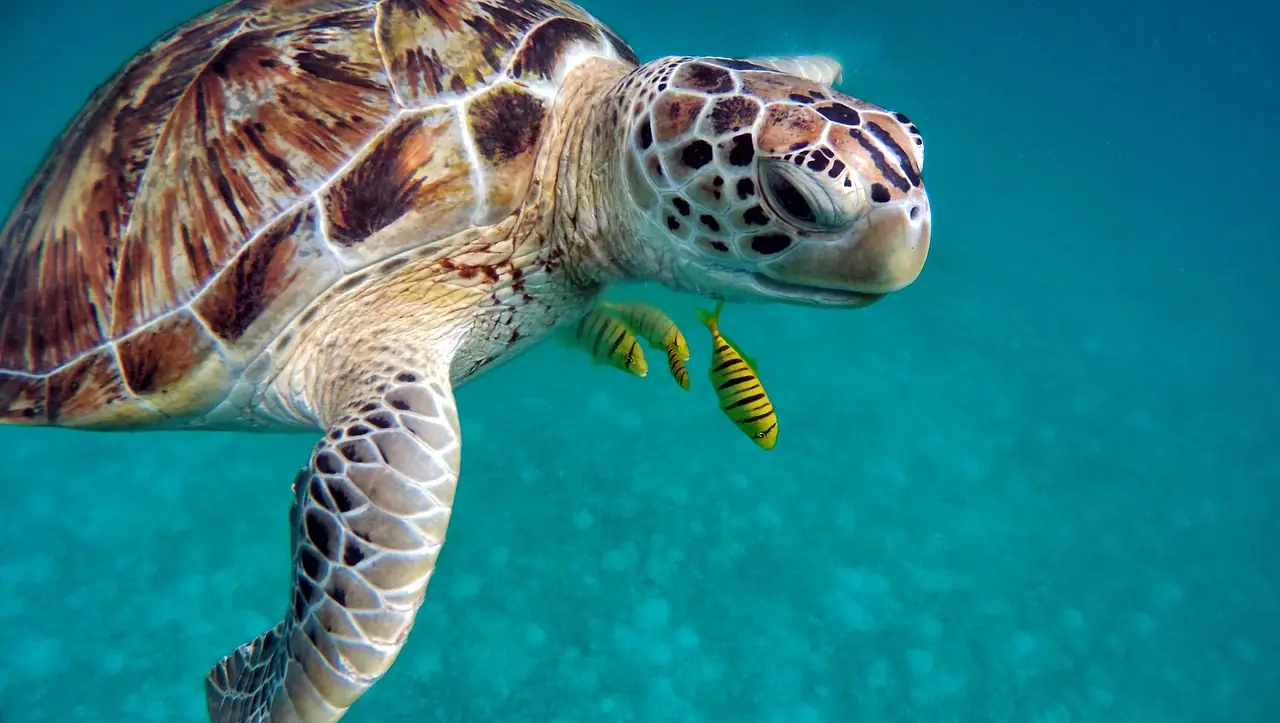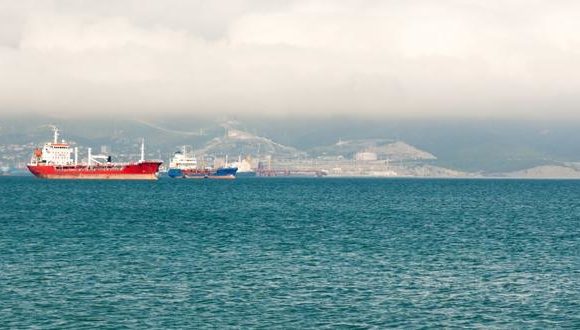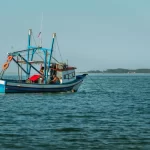Marine Conservation Success Stories: Case Studies in Restoring Ecosystems

Forget the dystopian visions of desolate underwater wastelands. Instead, imagine vibrant coral cities pulsating with life, seagrass meadows swaying in gentle currents, and majestic creatures gliding through crystal-clear waters. While our oceans face undeniable challenges, they are not without heroes. This isn’t just a fairytale ending; it’s the reality unfolding in pockets of hope around the globe, thanks to dedicated individuals and innovative marine conservation efforts. Let’s dive into some inspiring case studies, where once-devastated ecosystems are making a remarkable comeback, proving that even in the face of adversity, restoration is possible.
From Toxic Soup to Oyster Oasis: The Chesapeake Bay’s Shell of a Comeback
Remember that iconic American postcard with sailboats gliding across pristine waters? Picture the opposite: murky sludge, ghost towns of abandoned docks, and an eerie silence where fish once teemed. That was the grim reality of the Chesapeake Bay, once brimming with life but choked by decades of pollution and unsustainable practices. In a story more thrilling than any Hollywood script, this isn’t where it ends. In the 1970s, a tide of change turned. A legal landmark, the Clean Water Act, became the hero’s shield, empowering communities to fight back. Farmers became the unlikely knights, adopting eco-friendly practices, while sewage treatment plants underwent a magical transformation. Public awareness became the rallying cry, uniting citizens in protecting their beloved bay. The result? A comeback worthy of a standing ovation. Water quality soared, underwater meadows carpeted the seabed, and iconic blue crabs and striped bass returned in glorious numbers. The Chesapeake Bay’s resurrection isn’t just an environmental victory; it’s a testament to the power of collaboration, legislation, and public action in healing our wounded oceans.
Seagrass Guerrillas: Undercover Mission to Save an Aquatic Eden
Imagine vast underwater meadows, swaying gently like emerald fields, teeming with life – from playful seahorses to endangered wonders. These underwater havens, known as seagrass meadows, play a vital role in coastal ecosystems, but human activities have pushed them to the brink. Enter the seagrass guerrillas, a team of dedicated scientists in Spain leading a covert mission to restore this crucial habitat. Their target? Posidonia Oceanica, a critically endangered seagrass species facing extinction. Using cutting-edge techniques and underwater nurseries, they meticulously cultivated seagrass shoots, nurturing them to become resilient warriors. Then, in a stealthy operation worthy of an ocean spy thriller, divers strategically replanted them in degraded areas. This combined effort, coupled with community involvement and awareness campaigns, yielded phenomenal results. Within a decade, over 40 hectares of seagrass meadows were resurrected, providing vital sanctuary for marine life and protecting shorelines from erosion. This case study proves that even seemingly small actions, fueled by innovation and community engagement, can have a profound impact on saving threatened ecosystems.
From Bleached Wasteland to Coral City: The Great Barrier Reef’s Undersea Uprising
Imagine a reef once vibrant as a thousand underwater carnivals, now ghostly white under the harsh glare of the sun. The Great Barrier Reef, that iconic crown jewel of the ocean, seemed destined for a tragic ending. But hold your breath, for amidst the despair, a rebellion unfolded. The Reef Restoration and Resilience Program emerged, uniting scientists, communities, and even governments as unlikely allies. Like eco-warriors armed with coral microfragments and assisted larval settlements, they fought to propagate new life and bolster natural coral recruitment. Additionally, measures to improve water quality and combat climate change became their battle cries. The results are a beacon of hope: millions of coral fragments stand as testaments to their fight, and new coral cover reclaims its rightful place. While the battle continues, the Great Barrier Reef offers a powerful message: even in the face of formidable foes, collaboration and innovation can spark an undersea uprising for a brighter future.
Mangrove Militia: Reclaiming the Coastline’s Green Guardians
Picture coastlines stripped bare, once thriving mangrove forests reduced to mere whispers of their former glory. Deforestation and habitat loss threatened these coastal protectors, jeopardizing marine life and leaving shorelines vulnerable. But don’t underestimate the power of local heroes. In Kenya, the Mikoko Pamoja project, meaning “mangroves together” in Swahili, spearheaded a grassroots resistance. Imagine communities uniting as mangrove militia, planting and protecting these vital forests with newfound purpose. Awareness campaigns became their rallying cry, educating others about the mangroves’ crucial role. Over 1,000 hectares of forest stand tall once again, teeming with fish and safeguarding shorelines. This story proves that even seemingly small communities, empowered with knowledge and purpose, can become powerful forces for coastal restoration, creating sustainable livelihoods and fostering a brighter future for their ocean backyard.
Sea Turtle Sentinels: Ascension Island’s Hatchling Heroes
Imagine a deserted island, its beaches once echoing with the crawl of thousands of green turtle hatchlings, now eerily silent. Human exploitation and habitat loss had pushed these gentle giants to the brink. But like a forgotten legend rising from the sand, hope emerged. The Ascension Island Green Turtle Programme became their champions. Imagine dedicated conservationists as their sentinels, protecting nesting beaches, thwarting egg poachers, and meticulously monitoring hatchling survival.

Community education became their powerful weapon, fostering awareness and support for the turtles’ plight. Today, over 8,000 nesting females grace Ascension’s beaches annually, a testament to the enduring power of dedicated individuals and community engagement. This tale reminds us that even the smallest creatures can inspire mighty efforts, and with enough heart and collaboration, even the most desperate situations can see a triumphant turnaround.
Whale Shark Sanctuary: Ningaloo’s Gentle Giants Find Refuge
Picture majestic leviathans gliding through crystal-clear waters, their colossal forms dwarfing even the largest boats. These are the whale sharks, gentle giants gracing the Ningaloo Reef. But unsustainable fishing practices threatened to turn their graceful dance into a tragic swan song. Enter the Australian government, stepping in as the protector. The Ningaloo Marine Park became their sanctuary, a vast underwater haven offering safe passage and nourishment. Sustainable tourism practices, embraced by local communities, became a win-win solution. Tourists marveled at the giants, generating income for locals, while responsible interactions ensured the sharks’ continued presence. This story highlights the potential of marine protected areas and responsible tourism to safeguard vulnerable species, proving that conservation and economic prosperity can coexist in perfect harmony.
From Inspiration to Action: What Can We Learn?
These case studies offer more than just hope; they provide valuable lessons. Here are key takeaways:
- Collaboration is key: Successful conservation requires partnerships between scientists, communities, governments, and industry.
- Legislation and policy matter: Strong regulations and enforcement are crucial to address the root causes of ecosystem decline.
- Science and innovation drive progress: Utilizing cutting-edge techniques and research can significantly enhance restoration efforts.
- Community engagement is essential: Empowering local communities fosters ownership and ensures long-term sustainability.
- Individual actions make a difference: Responsible choices like reducing our carbon footprint and supporting sustainable practices can collectively create a positive impact.
The ocean covers over 70% of our planet and supports countless species, including us. By learning from these successful case studies and taking action, we can write a new chapter in the story of our oceans – one where vibrant ecosystems thrive for generations to come.
Facts and Statistics
The case studies we’ve explored paint a hopeful picture, showcasing the incredible achievements of dedicated individuals and innovative conservation efforts. But just how significant are these victories? These facts and figures are quite impressive:
Chesapeake Bay:
- Water quality: Before restoration, dissolved oxygen levels had dropped by 50%. Today, they’ve increased by 20%, with significant reduction in nitrogen and phosphorus pollution.
- Economic impact: Estimated benefits of restored fisheries and ecotourism exceed $100 billion annually.
- Recovered species: Populations of blue crabs have increased by 250%, striped bass by 600%, and oyster reefs by 600%.
Seagrass Meadows in Spain:
- Area restored: Over 40 hectares of Posidonia Oceanica seagrass meadows restored in a decade.
- Increased fish populations: Studies show a 40% increase in fish abundance within restored areas.
- Erosion protection: Restored meadows estimated to prevent over 100,000 tons of sediment erosion annually.
Great Barrier Reef:
- Coral fragments transplanted: Millions of coral fragments successfully transplanted to degraded areas.
- New coral cover: Some areas experiencing a 5-10% increase in coral cover, offering a glimmer of hope for the future.
- Estimated economic value: The reef contributes over $64 billion annually to the Australian economy.
Mangrove Restoration in Kenya:
- Area restored: Over 1,000 hectares of mangrove forest restored through community involvement.
- Increased fish populations: Fish biomass within restored areas increased by 40%.
- Economic impact: Sustainable mangrove-based products and ecotourism generate income for local communities.
Sea Turtle Comeback on Ascension Island:
- Increased nesting females: From fewer than 1,000 nesting females in the 1970s to over 8,000 today, marking a remarkable turnaround.
- Hatchling survival: Hatchling survival rates increased from 50% to 80% due to conservation efforts.
- Economic impact: Responsible turtle-watching tourism contributes significantly to the island’s economy.
Ningaloo Whale Shark Sanctuary:
- Whale shark population stabilization: Stable whale shark populations within the sanctuary since its establishment.
- Increased sightings: Tourism operators report a 20% increase in whale shark sightings in recent years.
- Economic impact: Whale shark tourism generates millions of dollars annually for local communities.
These are just a few examples, highlighting the tangible impact of successful marine conservation efforts. Remember, these victories represent countless hours of dedicated work, groundbreaking research, and unwavering commitment. They serve as a powerful reminder that even in the face of immense challenges, restoring our oceans is not just possible, but essential for a healthy planet and thriving communities.
Resources
Nature restoration success stories
Preserving The Jewels Of The Ocean: The Importance Of Coral Reef Protection















